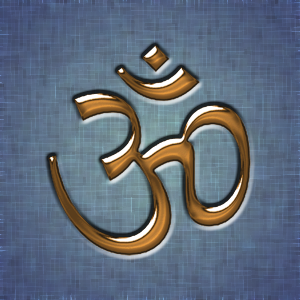In India spesso si ricorda una storia tratta dal Panchatantra, la famosa raccolta di racconti indiani, per spiegare l’idea Indiana dell’ineluttabilità della propria condizione personale a causa del residuo karmico, a causa cioè delle conseguenze derivanti da azioni compiute anche in vite precedenti.
Un giorno il saggio Yajnavalkya stava compiendo le personali abluzioni nel sacro Gange quando dal cielo cadde nelle sue mani una topolina che si era fortunosamente liberata dal becco di un uccello rapace.
Con la forza delle proprie austerità e grazie ai poteri che aveva accumulato, il saggio trasformò la topolina in una bellissima bambina.
Yajnavalkya tornò a casa e consegnò la piccola alla moglie che non riusciva ad avere figli e le disse:
“Ecco, prendi questa bambina, accoglila e crescila come se fosse nostra figlia.”
La bambina crebbe serena nella famiglia del saggio e giunse all’età in cui doveva essere data in sposa. Yajnavalkya amava molto quella che era diventata sua figlia e non voleva imporle un marito, ma desiderava che l’uomo scelto fosse di gradimento della ragazza.
Il saggio pensò subito a una marito bellissimo e soprattutto potente e si rivolse a Surya, il Dio Sole, che si dichiarò disponibile.
“Surya è troppo ardente – disse però la ragazza – non posso accettarlo.”
Yajnavalkya allora chiese a Surya:
“O venerabile Dio del Sole chi è più potente di te?”
“La nuvola è più potente di me – rispose Surya – infatti quando giunge lei, io divento invisibile.”
“Ti piace la nuvola?” chiese allora il saggio alla figlia.
“No – rispose la ragazza – la nuvola è fredda e buia.”
Yajnavalkya si rivolse allora alla nuvola e le chiese:
“Potente nuvola, chi ti è superiore?”
“Il Vento – rispose lei – quando spira il Vento io vengo spazzata via.”
Ma alla ragazza non piaceva neppure il vento, “è troppo instabile” disse.
“Oh Vayu, potente Dio del vento – chiese allora Yajnavalkya – chi è più forte di te?”
“Il Dio della montagna è più forte di me – rispose il vento – quando lo incontro non riesco mai ad oltrepassarlo e la mia corsa si deve fermare.”
“Dammi un altro marito – disse però la ragazza – la montagna è troppo aspra e dura, non voglio sposarla.”
Ma chi ci poteva essere di più potente di una montagna?
Yajnavalkya chiese allora umilmente alla montagna:
“O possente, chi è più forte di te?”
E la montagna rispose:
“I topi, loro sono più potenti di me perchè scavano fori nel mio corpo senza che io possa farci niente, rivolgiti a loro.”
Yajnavalkya andò allora dal Re dei topi e chiese a sua figlia se quello era il marito che voleva.
“Oh sì – disse lei raggiante – finalmente uno della mia specie, padre ti prego trasformami nuovamente in topo poiché è lui il marito che voglio!”
E così fu.








